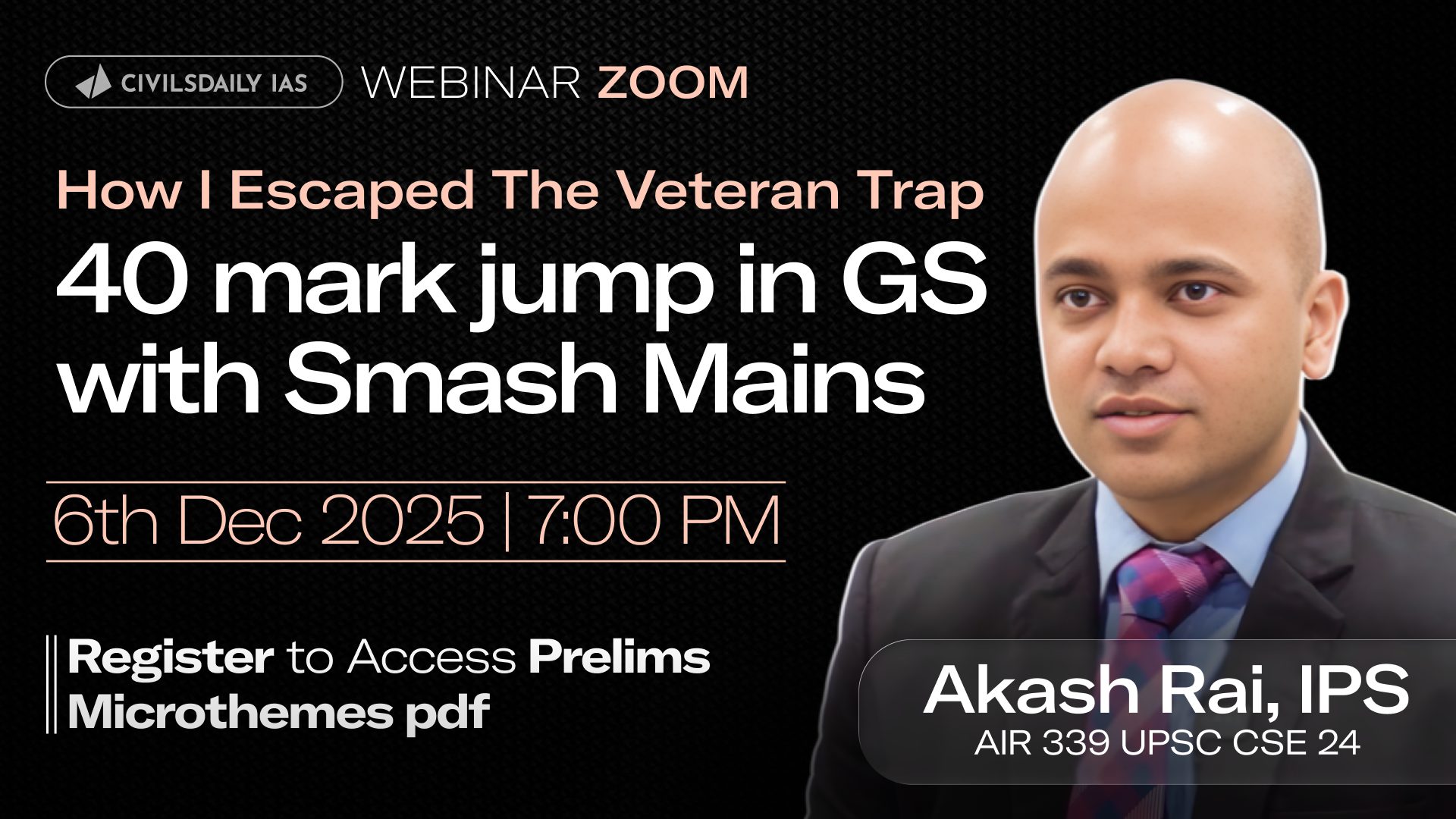Why in the News?
The Crew Escape System is ISRO’s most critical safety innovation for Gaganyaan. This newscard is an excerpt from the original article published in The Hindu.
Back2Basics: Gaganyaan Mission:
|
What is Crew Escape System (CES)?
- Purpose: A critical safety mechanism in ISRO’s Gaganyaan Mission, enabling astronaut rescue in case of launch vehicle failure during the atmospheric ascent phase.
- Placement & Function: Mounted atop the Human-Rated LVM3 (HLVM3) rocket; rapidly separates the crew module and propels it to safety using high-thrust solid motors.
- Performance: Escape motors generate acceleration up to 10 g, using high burn-rate propellants for faster thrust than the launcher. Astronauts withstand this briefly in a “child-in-cradle” posture.
- Safety Systems: Incorporates redundant subsystems, heritage-based design, and real-time health monitoring through the Integrated Vehicle Health Management (IVHM) network for millisecond-level response.
- Types of CES:
-
- Puller-Type: Used in Gaganyaan; solid-fuel motors pull the crew module away. Also adopted by Russia’s Soyuz, China’s Long March, and US Saturn V missions.
- Pusher-Type: Used in SpaceX Crew Dragon (Falcon 9); liquid-fuel thrusters push the capsule away.
- Comparison: Puller systems suit high-thrust, short-duration extractions; pusher systems integrate better with reusable modules.
Operational Sequence & Recovery:
- Automatic Activation: On anomaly detection, IVHM triggers CES instantly; escape motors fire, propelling the crew module clear of the rocket.
- Separation & Descent: After reaching safe distance, CES detaches and the module descends under multistage parachutes, drogue, main, and reserve, ensuring controlled speed and stability.
- Splashdown & Safety: The module lands in the sea, impact forces within safe physiological limits, allowing quick recovery.
- Significance: Serves as the core life-saving system of India’s human spaceflight programme, ensuring crew survival during catastrophic launch failures.
| [UPSC 2025] Consider the following space missions:
I. Axiom-4 II. SpaDeX III. Gaganyaan How many of the space missions given above encourage and support microgravity research? (a) Only one (b) Only two (c) All three* (d) None |
Get an IAS/IPS ranker as your 1: 1 personal mentor for UPSC 2024

